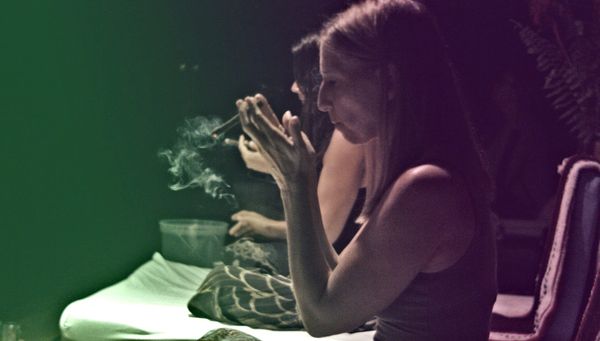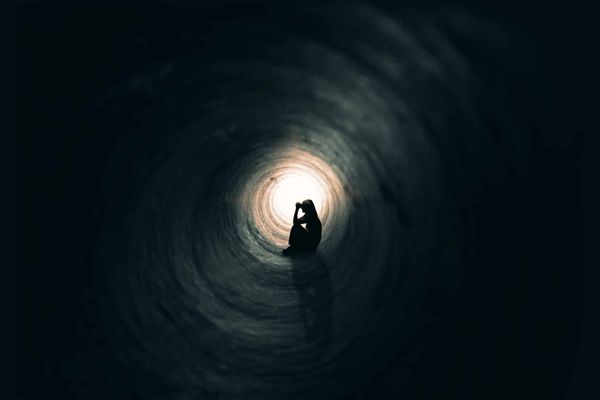Jon Waterlow • • 12 min read
Life After Death: Vilca and the Most Sacred Psychedelic Ritual in the World
Consciousness & Meditation Psychedelics & Drugs Psychology & Happiness
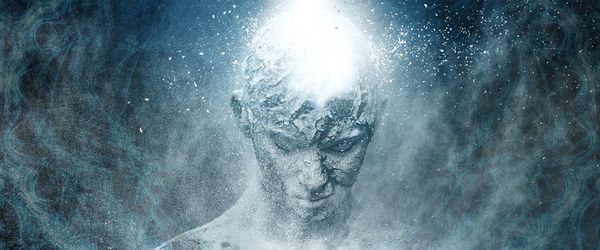
And it’s not every day you die, either. I was preparing myself to do both.
I drew in a shaky breath. My mind was relatively calm, but my heart was thudding against my ribcage. I had to steady my hands as I reached out to take the bone.
I looked up at Don Howard Lawler, the founder of SpiritQuest Shamanic Sanctuary in Peru, featured in two beautiful documentaries, Ayahuasca and Huachuma. Under his wise and compassionate guidance, I’d been working with several powerful plant medicines for two weeks in the Amazon rainforest. Now he looked deep into my eyes and into my soul… and smiled. “It’s been used before,” he said, handing me the bone.
He didn’t mean used by the finger’s original owner.
For thousands of years, this digit – with a channel bored through its center – had been used as an inhaler for Vilca, perhaps the most powerful psychoactive plant medicine in the world, by people seeking a glimpse of the transcendent.
And, standing before a mesa (altar) covered by ancient relics ranging from carvings and seashells to jaguar and human skulls, I was about to join their ranks. I was about to confront death.
But why confront death before you no longer have a choice?
Death is perhaps the greatest fear most people have, coloring and sometimes distorting their lives. We tend to shy away from thinking about it – from the reality that everything we are and everything we’ve known is temporary and will eventually crumble to dust – even as we know it’s an inescapable part of being alive.
But not me. For most of my life, I’ve suffered with a sometimes crippling depression from which death has often seemed an attractive release.
Yet a tension or even a contradiction still comes into play. Mentally, I might regularly engage with the idea of death as a final release and even salvation from emotional suffering; if I could die with the push of a button, I doubt I’d still be here, writing this. But something in me still resists. I was about to find out what it was.
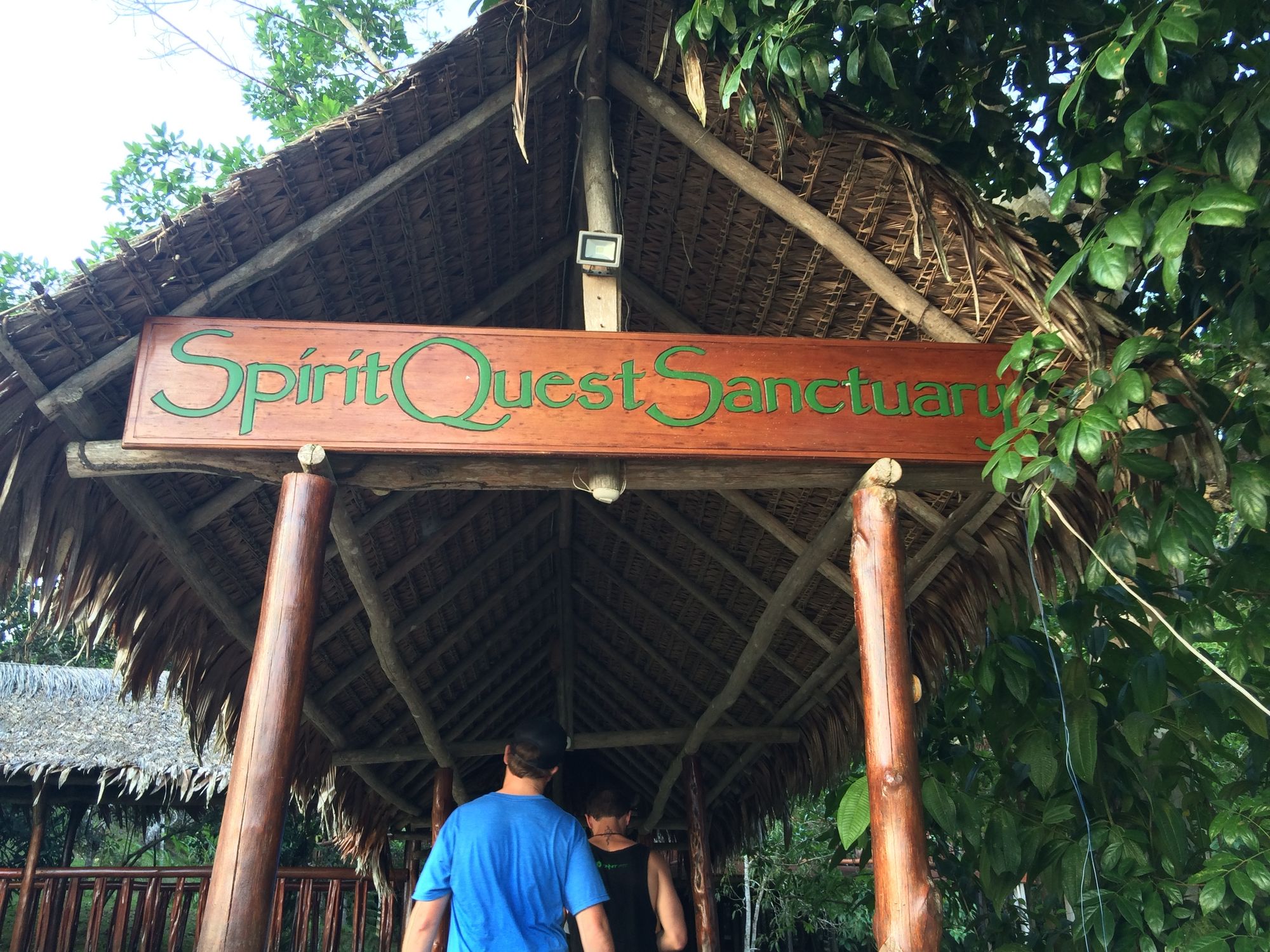
This search for knowledge of what death will mean for us – of what lies beyond the end of the body – is a timeless and deeply human quest. The only way to overcome and integrate our fears is to face them directly, and for centuries the peoples of South America have used Vilca as the bridge to do just that.
What Is Vilca?
In South American shamanism, Vilca is the most sacred of all the plant medicines, although it’s practically unknown to a world that’s already becoming remarkably aware and (ill-advisedly) comfortable with Ayahuasca. In Quechua – the Andean language which predated the Inca Empire – ‘Vilca’ simply means ‘sacred’, which gives us a sense of the regard in which it’s held.
Prepared from the seeds of the Vilca tree (Anadenanthera colubrine; a second species is Anadenanthera peregrine), the Vilca snuff contains the psychoactive compounds N-N-Dimethyltryptamine (DMT), 5-MeO-Dimethyltryptamine, and Bufotenine. Despite the modern scientific names we now use, South American cultures have been working with Vilca from before 2,500 BCE – around the time when the Great Pyramid at Giza was still under construction.
While the Egyptians built their physical wonder of the world,
the people of Chavín – the cradle of Andean civilization, located in modern-day Peru – had perfected the Vilca ritual as the peak of the mind- and spirit-expanding shamanic practices.Inhaled while already under the powerful influence of Huachuma (AKA San Pedro, a mescaline-based psychoactive medicine similar to Peyote), it forms a bridge between life, death, and rebirth.
Don Howard has revived this ancient practice, so as I stood before the mesa, the Huachuma was reaching its breathtaking zenith. Colors were brighter; my heart was wide open; and the artifacts strewn in front of me pulsed with numinous energy. If the doors of perception were already wide open, they were about to be blown off their hinges.
At its root, working with Vilca as a spiritual practice was and is all about connection: to the Earth, to each other, to the cosmos, and to our truest selves. We often think of death as the ultimate disconnection. Ingesting Vilca is in part a way to overturn that idea.It leads many to experience multiple lifetimes in the space of half an hour; some feel like past lives, some like other people’s. Many report meeting their ancestors and hearing their wisdom. Others experience the deepest sense of connection with Source, God, or the universe itself. And some remember nothing.
Like everything in spiritual and psychedelic practices, there are no guarantees.
As I stood before the mesa, eyeing the human skulls – female to the left, male to the right – my breath came in ripples, an effect of the Huachuma, but also a response to the sheer power radiating from these objects.
Death lay spread out before me, but there was a serene lack of violence or suffering.
Chavín was a cultural and spiritual center: pilgrims travelled huge distances to seek it out and learn from its inhabitants. Its power rested not on military or financial might, but rather on its mastery of the plant medicines and their ability to foster higher consciousness.
Archaeologists working at Chavín found no evidence of fortifications, a standing army, or even weapons beyond those used for hunting. Instead of greeting visitors with fear and violence, they gave them Huachuma and Vilca.I was about to find out why.
Vilca Ceremony: The Death
I exhaled through my mouth, emptying my lungs as Don Howard held the snuff box up to the end of the finger bone. I was about to inhale and take the Vilca deep into my being. My heartbeat steadied and suddenly I felt remarkably calm.
The prospect of death seemed different now. Before coming to the mesa, my group and I had sat up on the Star Deck – a circular platform atop a hill, within the SpiritQuest Sanctuary grounds – and gazed up at the astral canvas for a timeless hour or so.
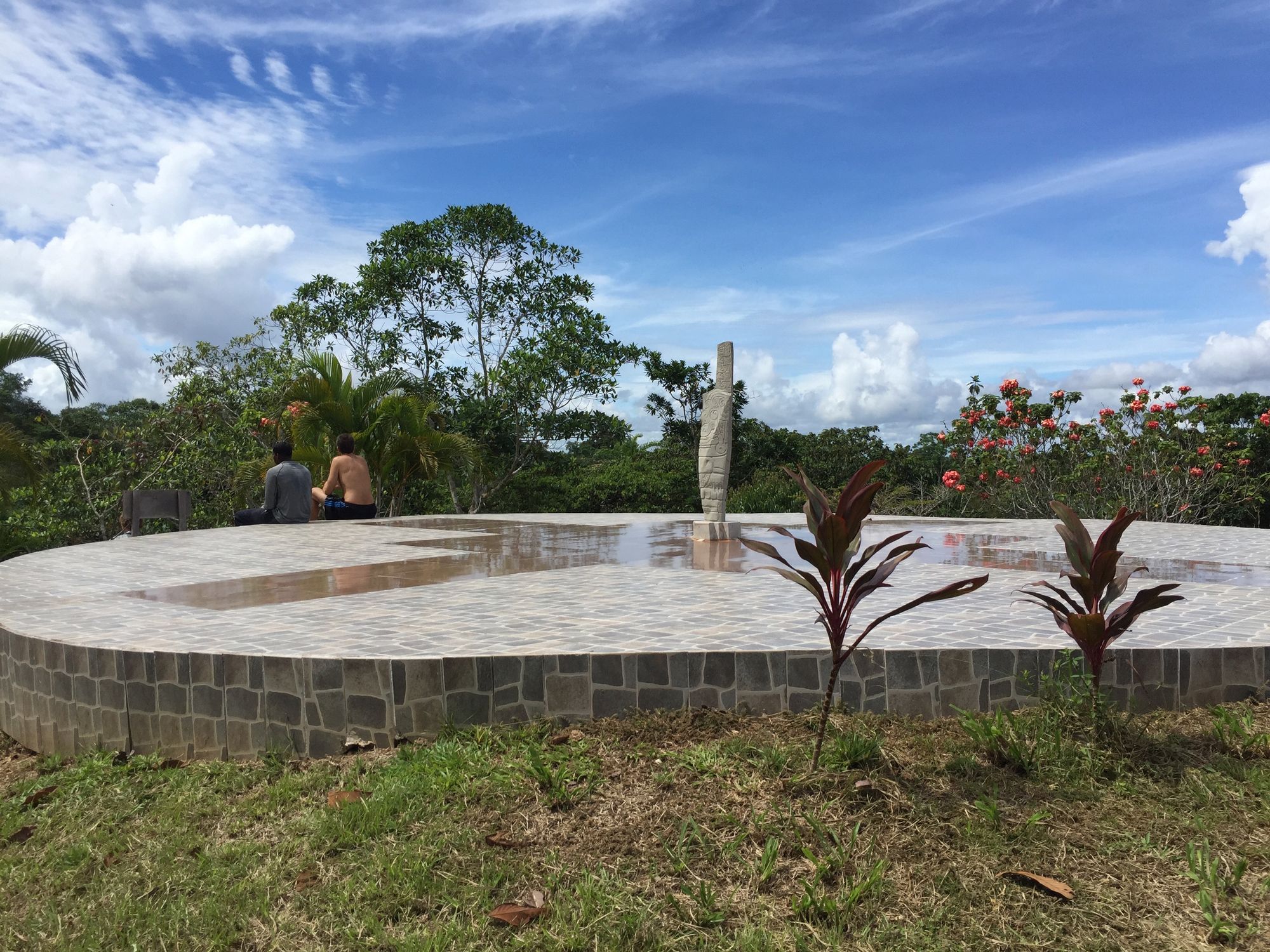
At first, staring up at stars glittering like a fistful of diamonds strewn across black velvet, I’d felt profoundly insignificant – so small compared to the vastness of the cosmos. But then I understood that in truth I am (and we all are) a part of this vast symphony. No matter how brief our own melody, or how quietly it’s played, to be part of the whole is to be the whole.
I’ve so often felt a profound sense of disconnection in my life and a desperation to belong, but now a deep emotional understanding settled over me that I can’t not belong.I truly am the universe experiencing itself.In that moment, I felt there was nowhere else I could be or could possibly want to be. I was here, now.
And I wasn’t alone.
I took that connection with me to the mesa, but now I was scheduled to die… Wouldn’t this be the ultimate disconnection?
As with all the work we’d done at SpiritQuest Sanctuary, Don Howard reminded us to take things seriously, but lightly. The serious can always be funny, so when we laughed about dying that night or that our rooms would be our ‘coffins’, we were not trying to dodge the gravity of the situation. There must be life for there to be death, and so we laughed and hugged each other with joy rather than terror.
I inhaled sharply, twice in each nostril. The Vilca slammed into my sinuses with a heavy burning sensation and I tried desperately not to choke and spray the remaining powder across the room.
Now the clock was ticking. Vilca takes effect in just a few minutes, and I had to get back to my room to lie down in absolute silence and submit peacefully to death before the physical world dissolved. I switched on my torch and started back across the river to my room.
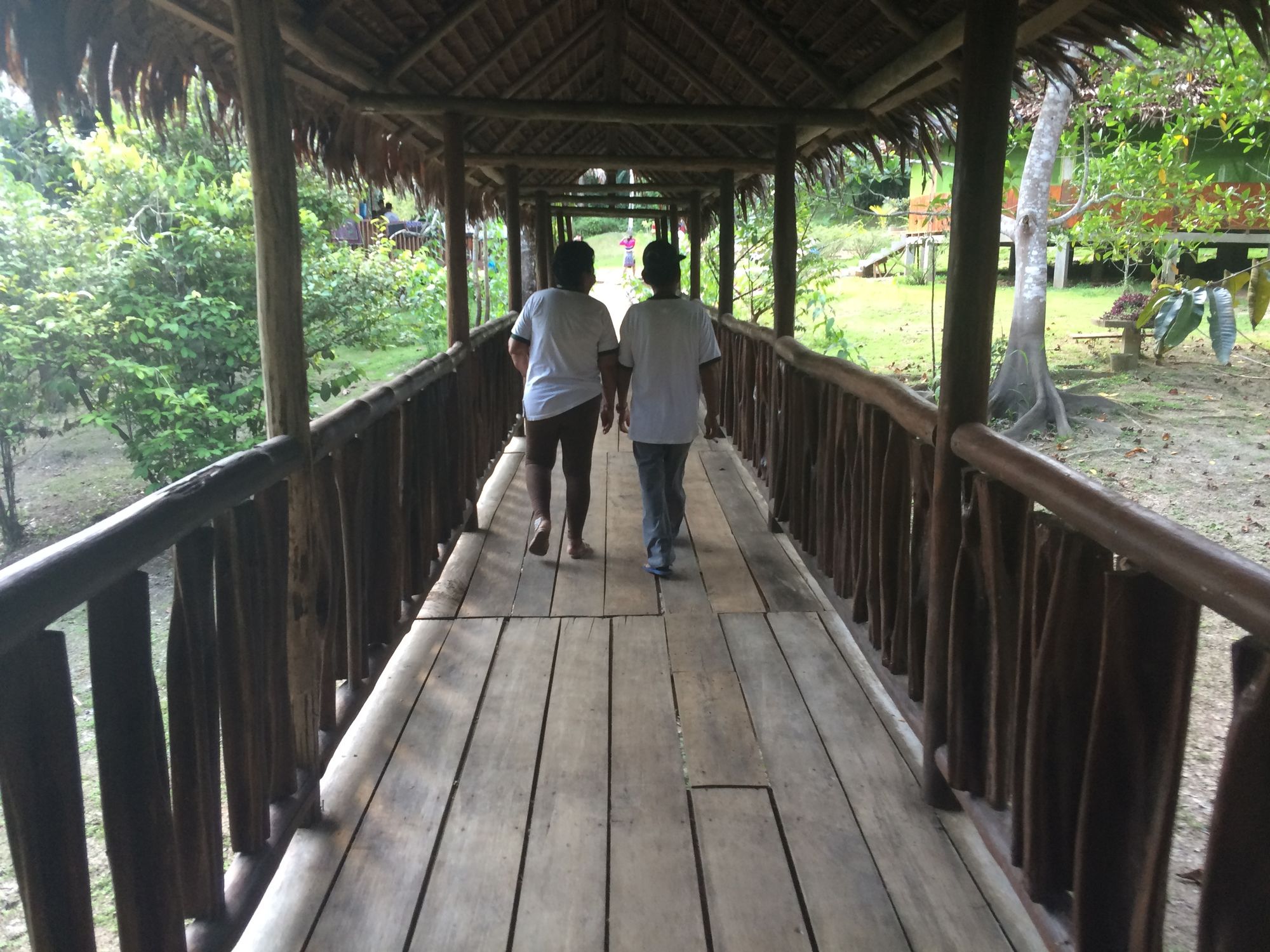
The bridge spanning the water between the ceremonial maloka building and the Sanctuary’s residential complex had become infinitely long. Its wooden structure shimmered into ethereal, luminescent green tendrils stretching out into the distance. I was walking as quickly as I could, trying to keep my breathing regular, but I could feel my heartbeat rising and my mind flailing. Was I crossing the River Styx? Was this the last time I’d cross any bridge? Would I even make it to the other side before I collapsed into death?
By the weak light of my torch, I made it back to my room. The pressure was building in my head as I threw off my clothes and grabbed the earplugs I’d laid on the pillow to reduce all external sensory input. The green purge bucket was already set up next to the bed.
I’d been to the toilet right before the Vilca ceremony, but under the Huachuma I’d lost any accurate sense of my bodily functions. Even though the most intense phase of the Vilca only lasts for about 30-45 minutes, I didn’t want a full bladder to distract me from the experience, so I lurched into the bathroom. The green tiles flowed and shimmered and I was struck by the strangest conviction that a flock of yellow rubber ducks were sitting inside them, laughing at me.
I didn’t much care for the ducks’ attitude and gave up trying to pee. I swooned out of the bathroom, flicked off the light switch, and climbed into bed. And then the sensory deluge began.
The visuals were the most overwhelming and inescapable I’ve ever experienced: I had no idea if my eyes were open or closed and it made no difference when I tried to find out. Everything was now a panoramic kaleidoscope of living optics and pulsing colors. The consciousness behind my eyes struggled to find any purchase. Now the world had simply vanished. If I was to be entombed in darkness, I was now embalmed in color.
And then the pressure began. Gentle at first, a sense of a grounding weight that pressed me into the mattress. But then it built. And built. And built. The roof of the universe was pushing down on me with the weight of all of time and space, and I could feel my bones creaking, seconds from exploding into dust. I felt my existence tremble on the point of dissolution.
And then I vomited. My body threw itself to the left and I purged hard and long into the bucket; some fragment of consciousness reminded me to be quiet and not disturb anyone else, but I couldn’t. I purged with a roaring death rattle that shuddered through my body as if, without sight, I could somehow reassert my existence with sound.
I didn’t make it to the other side. I think once I purged the first time, some part of me realized there was a way to escape the power of the Vilca – a physical distraction which could pull me off the bridge to whatever lies beyond the veil. I purged twice more, and each time I slumped back onto the bed, I felt I was more in my body and less connected to the transcendent.
This wasn’t ‘ego death’, but ego dislocation. I’ve experienced ego death once before, with ketamine. Then, my ‘self’ dissolved – all the stories which constitute me flickered and disappeared. By taking Vilca and having the most powerful tryptamines run through my veins, something remained, an observing consciousness, but it wasn’t ‘me’ in any meaningful sense. Later, particles of flavor – of me-ness – began to drift back together, showing just how arbitrary and empty they actually are. Under the Vilca, that flavor or ambience of me never quite dissolved.
If I felt mentally or even spiritually ready to embrace this death, it seemed that my body was not.A few years ago, I stood on the roof of a building, willing my body to jump; my depression had reached and surpassed the point where I had any desire to keep living. But even as I felt emotionally done with this life, my body resisted, jerked back, refused to cooperate. Did the animal, corporeal element stop me from jumping? Or was it something deeper – some long-suppressed part of my soul?
With and without the plant medicine, in the jungle and on that rooftop, something in me had said “No” to death. But I didn’t yet know what I was saying “Yes” to instead.
Vilca Ceremony: Life After Death
Several of my friends at the retreat told me afterwards – as we sat around the dinner table with 10,000 yard stares – that they’d made it through. They’d also felt the colossal weight pressing down on them, but at that last moment when I’d purged, even if they vomited too, they’d popped through as if the universe’s ceiling was just a layer of viscous liquid, and into the tranquility beyond. Their heart rates slowed to seemingly nothing. They communed with the energy of everything. If this was death, it was beautifully alive.
In many cultures, life and death are seen as fundamental binaries. But in others – notably in Hinduism and Buddhism – they are understood in a cyclical relationship.
There can be no rebirth without death; to change and grow, some things are discarded which no longer serve us. The floor of the Amazon tells this story perfectly: there is just as much death as life. While dead leaves and animals decay, the ecosystem is profoundly alive. The living will die; the dead give life.This applies just as much to our own life paths. As Joseph Campbell put it, there is always “Destruction before creation:”
“We must be willing to get rid of the life we’ve planned, so as to have the life that’s waiting for us. The old skin must be shed before the new one can come.”
At that heart of this cycle lies reciprocity, a principle which was a touchstone of the Huachuma mesada initiation: for everything received, something is given; for everything given, something is received. “Give and you shall receive”, as the saying goes, but to give for the purpose of receiving is to miss the point entirely. In Quechua, this is called ‘ayni’ and it is the heart and soul of many traditional South American cultures.
So why couldn’t I let go and give myself up to this eternal cycle when I took Vilca?I think the answer lay up on the Star Deck. I’ve always felt like an outsider – and lonely – but that night I realized that even if I feel that way at times, I’m as much a part of this world as anyone can be. Despite all the surface-layer stories, emotions, fears, and memories, some deeper part of me wants to live. Some part of me that’s been clouded by heavy thoughts and emotions, knows that it’s part of this world and that its simplest, truest expression is a love without hope of reward or reassurance.
A month out from the Vilca experience, I think by associating my resistance to death with my body I was missing the point.
I have to be alive in order to die, and for years I haven’t embraced the life that’s waiting for me to live it.
Until I’m actually alive, Vilca couldn’t kill me.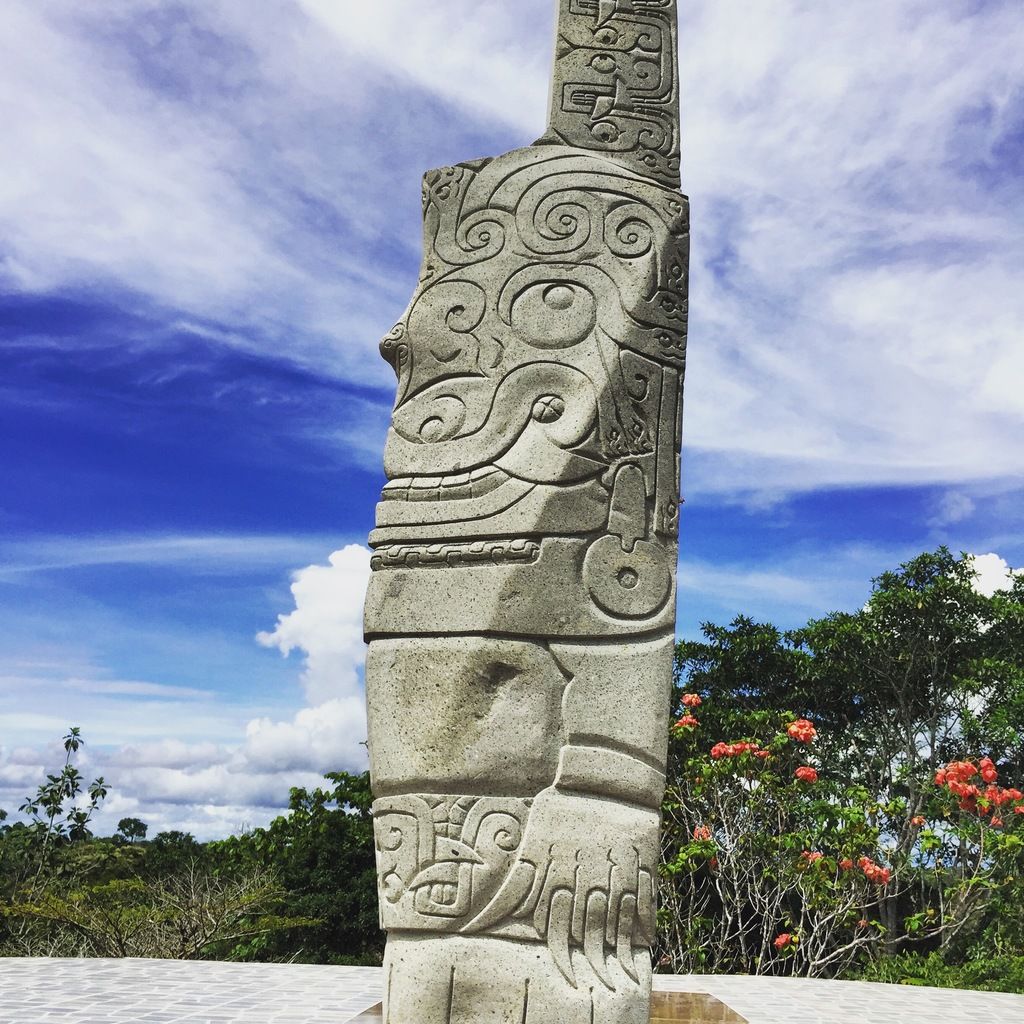
I’m still trying to tune into that feeling and keep hold of the powerful sense of connection I felt on the Star Deck. If I didn’t get to see The Beyond, I found something in myself, buried beneath the rubble of depressive behaviors and thought-patterns.
One of the principal reasons for taking Vilca is to confront and overturn our cultural tendency to shy away from death.To hide it behind euphemisms and rituals which serve, not to engage with it in a healthy, integrated matter, but merely to distance us spiritually from an integral element of life itself.
When I inhaled that purple-gray powder, I was forced to look in the opposite direction: to confront and embrace life and myself.As I put that ancient finger bone up my nose, it was, after all, pointing inside me.
— Jon Waterlow
Disclaimer: The questions which have for thousands of years brought people to take Vilca are common to us all, but the intensity and enigmatic nature of the medicine make it something to be approached with caution. I’ve had many psychedelic experiences and wouldn’t recommend Vilca to anyone who hasn’t got some prior experience of this kind. Even then, I’d strongly recommend only to take it under the guidance and care of an expert whom you trust completely.
This article draws heavily on conversations with Don Howard Lawler and an article which appears on his website, here: http://www.biopark.org/peru/vilca.html
For more information on the ceremony of the Huachuma mesada, check out Aubrey Marcus’s beautiful documentary (as well as a documentary on Ayahuasca), filmed at SpiritQuest, which takes an intimate and life-affirming look at the medicine and its power to connect and to heal: https://www.aubreymarcus.com/pages/ayahuasca-documentary
If you’d like to hear me talk more about my experience, check out this episode of Voices in the Dark podcast. And to hear about how these plant medicines can help people suffering from PTSD, check out this interview with two veterans who underwent the healing journey with me.
A Final Note on Safety
As Jon noted, Vilca is an experience for advanced psychedelic practitioners in a safe context with expert support. As we repeatedly stress on HighExistence, psychedelics must be approached with reverence and caution. We believe that in the proper context, certain psychedelics are powerful medicines with tremendous potential, but there are a number of physical and psychological safety concerns that one should consider before journeying with psychedelics. Please, please do plenty of research, and do not take psychedelics if you have reason to believe that they will not jibe with your personality or particular mental baggage (or if your family has a history of mental illness). We do not recommend taking psychedelics illegally or impulsively. The Essential Psychedelic Guide on Erowid is an exceptional free resource, and we recommend reading it, especially the section on ‘Psychedelic Safety,’ before ever dabbling in these substances. We also recommend reading our guide to psychedelic myths before deciding to try psychedelics. It’s also imperative that you buy a test kit if you aren’t absolutely certain that the substances you’ve procured are what you believe them to be. Take care, and be well.




